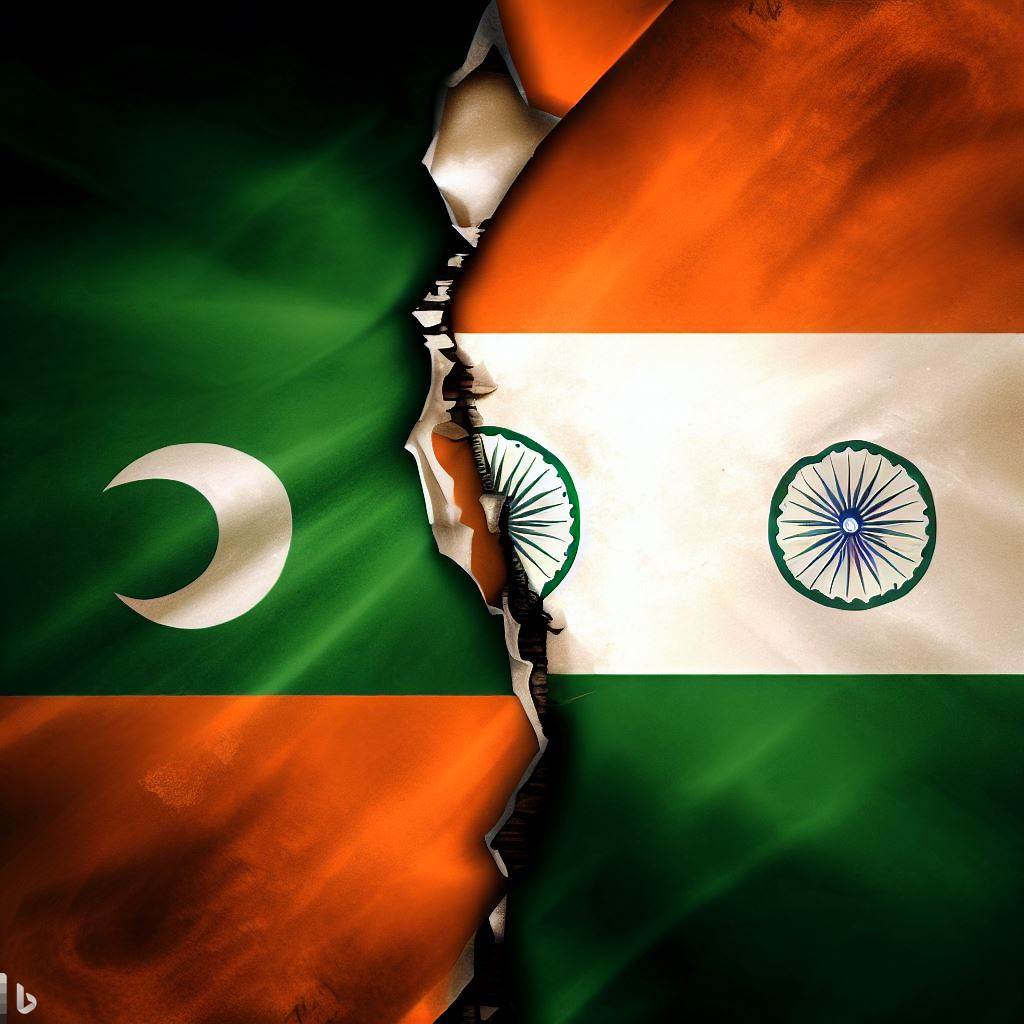Introduction
The partition of India in 1947 marked one of the most significant events in modern history, with far-reaching consequences that continue to shape the subcontinent today. The territorial division gave birth to two separate nations: India and Pakistan. This article delves into the historical context, the partition process, and the immediate aftermath of this pivotal moment, as well as the long-term impact it has had on the region’s political, social, and cultural landscape.
Historical Context
The British colonial rule, which lasted for almost two centuries, had profound implications for the Indian subcontinent. As India began to seek independence in the early 20th century, the demand for self-rule intensified. However, this period also witnessed growing communal tensions between the Hindu and Muslim communities, leading to the rise of competing nationalist movements.
The Two-Nation Theory
The idea of a separate Muslim homeland gained traction, championed by All-India Muslim League leader Muhammad Ali Jinnah. Jinnah’s vision of Pakistan, a homeland for Muslims, was rooted in the belief that Hindus and Muslims were distinct nations, with divergent interests that could only be protected through territorial separation.
The Mountbatten Plan
In June 1947, the British government, led by Lord Mountbatten, proposed a partition plan to end British rule in the region. The Mountbatten Plan aimed to divide British India into two dominions, India and Pakistan, with each having the right to choose its fate regarding the Dominion of India, formed on August 15, 1947, while Pakistan was created a day later.
The Human Tragedy
The partition process led to unprecedented violence and upheaval. Hindus and Sikhs in the newly created Pakistan migrated to India, while Muslims in India moved to Pakistan, triggering mass migration and communal riots. The result was a colossal human tragedy, with estimates suggesting that up to two million people lost their lives in the violence and countless others were displaced.
Gandhi’s Vision of Unity
Amidst the chaos, Mahatma Gandhi, the apostle of non-violence, attempted to promote unity and communal harmony. He staunchly opposed the partition and appealed for peace between the two communities. Tragically, his efforts could not prevent the bloodshed, and he was assassinated in January 1948.
Kashmir Issue: A Perpetual Conflict
One of the most enduring legacies of the partition is the Kashmir conflict. The princely state of Jammu and Kashmir, located at the border of India and Pakistan, became a bone of contention between the two nations. The Maharaja’s reluctance to accede to either India or Pakistan prompted a military intervention from Pakistan, leading to the first Indo-Pakistani War in 1947-48. The conflict over Kashmir remains unresolved, resulting in three more wars and ongoing tensions between the two nuclear-armed neighbors.
Economic Challenges and Refugee Crisis
The partition had severe economic implications for both India and Pakistan. Industries, trade, and resources that were once integrated had to be divided, leading to disruptions and economic challenges. Additionally, both nations faced an immense refugee crisis as millions of people crossed borders, resulting in scarcity of resources, housing, and jobs.
Social and Cultural Impact
The partition also had a profound impact on the social and cultural fabric of the region. Communities that had coexisted for centuries suddenly found themselves divided by new borders, leading to the estrangement of families and communities. The deep-rooted cultural ties were torn apart, and the scars of the past continue to impact communal relations today.
Conclusion
The partition of India and Pakistan was a momentous event that forever altered the course of history in the subcontinent. It laid the foundation for two distinct nations and fundamentally transformed the political, social, and economic landscape of the region. However, it also left behind a trail of violence, displacement, and unresolved conflicts that continue to shape the relationship between India and Pakistan. Understanding the complexities and ramifications of this partition is essential to fostering lasting peace and cooperation in South Asia, as the region continues to grapple with its shared history and legacy.



